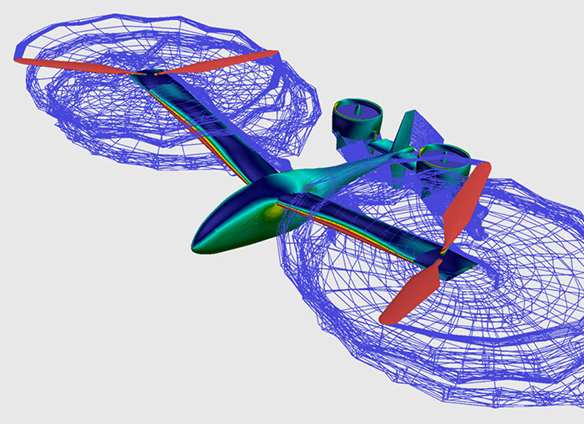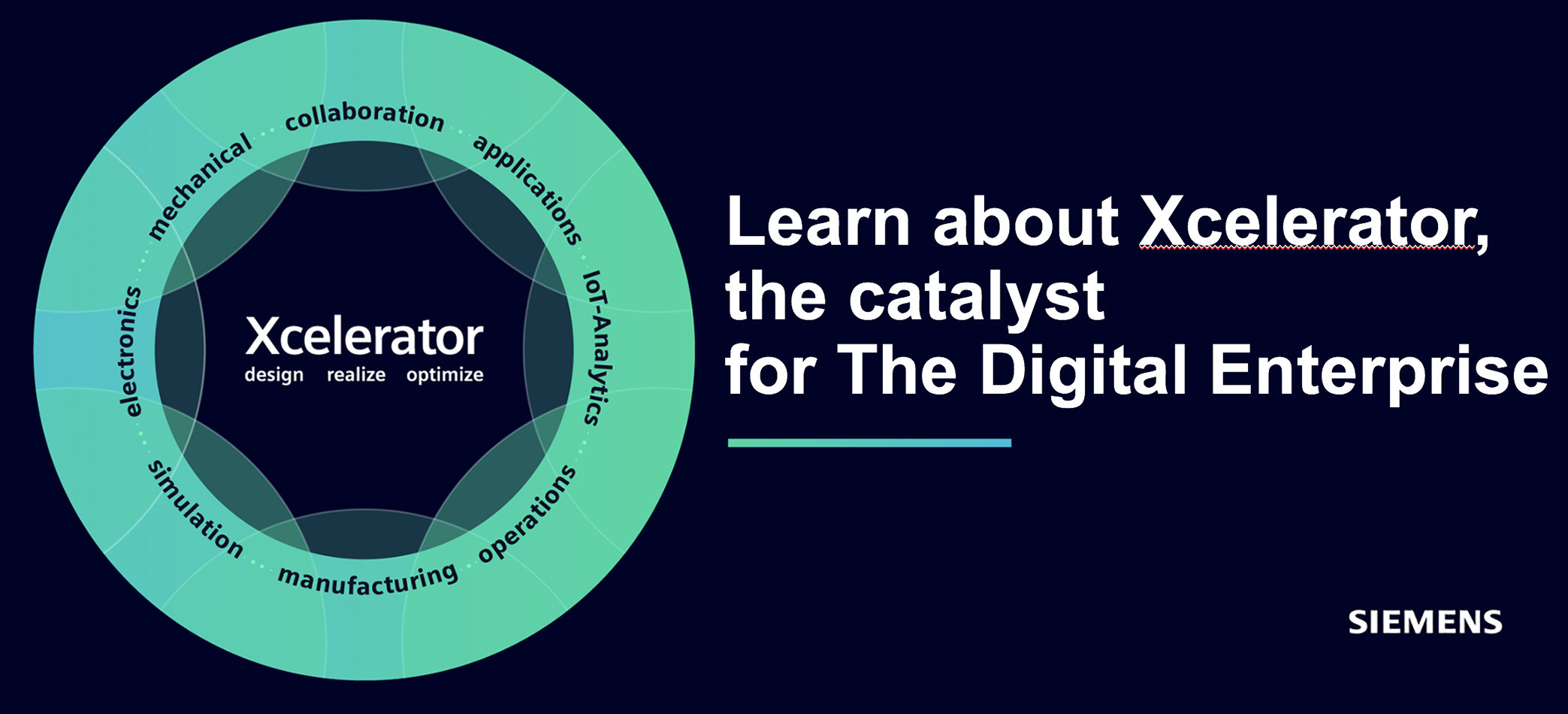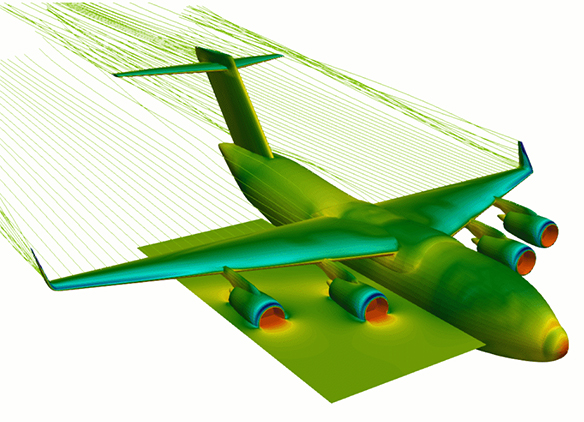Generally,aerodynamics is the study of the effect of gas flows, such as air, around a body, and the forces and moments generated. The understanding of aerodynamics is vital for the design of efficient, capable and competitive aircraft, and aerodynamics has an important role in making aircraft more environmentally-friendly.
Computational Fluid Dynamics (CFD) is a technology where numerical analysis and data structures are used to analyze and solve a host of fluid flow problems. In this CFD is used to, for example, predict the drag, lift, noise, structural and thermal loads, combustion, etc, performance in aircraft systems and subsystems. The domain is also a means by which the fundamental mechanics of fluids can be studied.
Capture subsonic flows
One aspect of these CFD capabilities regarding Altair’s latest purchase FlightStream is that it can capture subsonic to supersonic flows, including compressible effects and a unique surface swirl function. The program takes advantage of panel methods for flow calculations and enhances them with modern computational techniques to provide a fast solver capable of handling complex aerodynamic phenomena.
Furthermore, FlightStream enables rapid analysis of unconventional aircraft using what Altair describes as, “a unique analysis capability for surface vorticity, flow separation and viscosity for both powered and non-powered configurations.” It is complemented by integrated boundary layer modelling, enabling users to capture viscous effects with a level of detail uncommon in traditional panel method applications. This integration facilitates a more comprehensive analysis of aerodynamic performance, providing insights critical to design optimization.

Altair brings along capabilities to scale up
Vivek Ahuja, co-founder of Research in Flight said that the company’s solutions is to be regarded a standard tool in the aircraft designer’s toolbox.
”By joining Altair, we will be able to scale up and reach countless engineers seeking powerful and specialized tools for faster design iterations,” he added.
In addition to Ahuja, Research in Flight was founded by Roy Hartfield, who has devoted more than 30 years to the study of aerodynamics, propulsion, statistical analysis of aircraft and aircraft research. Hartfield is a professor of aerospace engineering in the Samuel Ginn College of Engineering at Auburn University.
Approved by US Air Force
FlightStream is software approved by the United States Air Force and is also used at NASA Ames and Langley Research Centers and by the US Army. It will be integrated into the Altair HyperWorks design and simulation platform and available through Altair Units.






